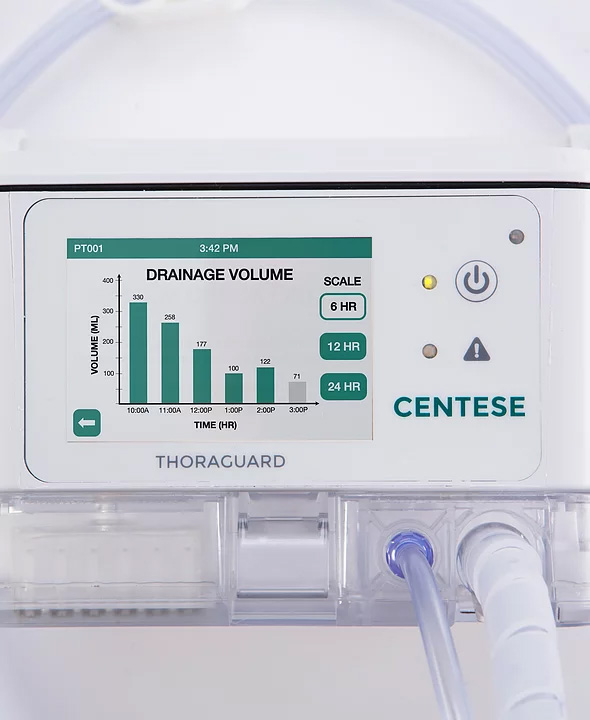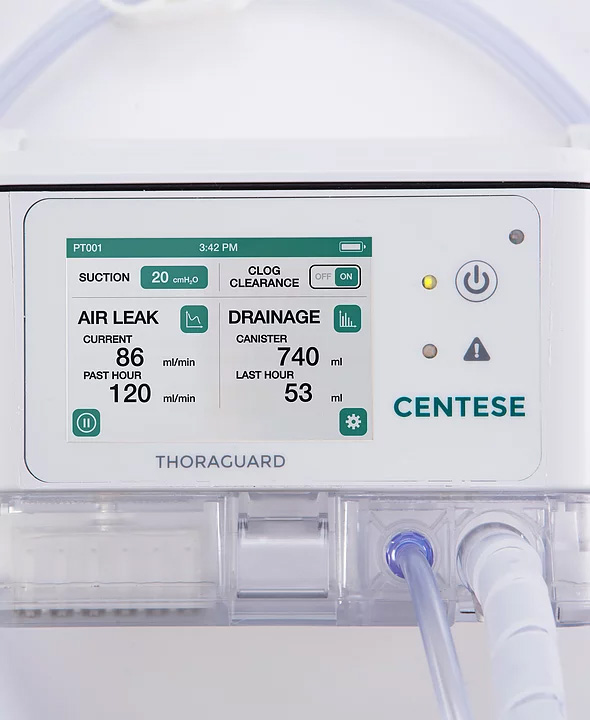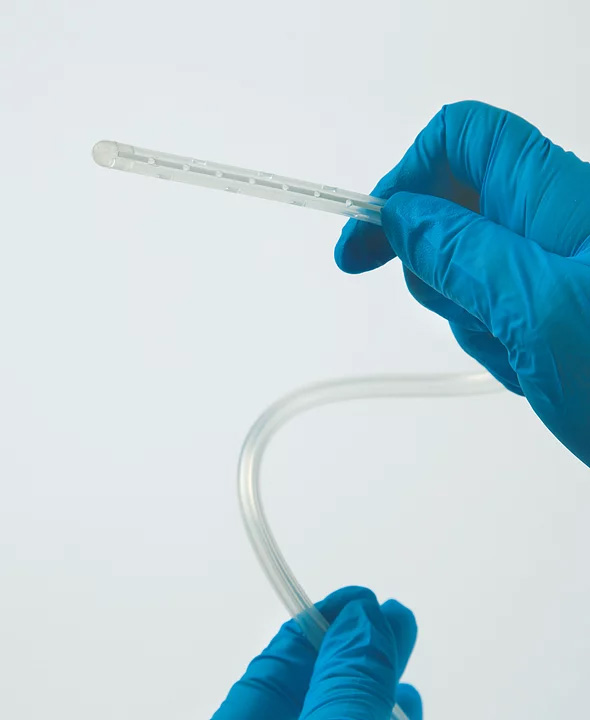Clinical Associate Professor; Surgical Director, Advanced Coronary Revascularization Program, Cardiac Surgery








*In patients with retained blood versus those without, based on retrospective analysis of outcomes of 6,909 cardiac surgery patients using conventional chest drains
The Enhanced Recovery After Surgery (ERAS) society is a multidisciplinary group committed to developing evidence-based initiatives and perioperative guidelines in order to reduce complications and speed patient recovery following surgery. Recent evidence-based guidelines for enhanced recovery after cardiac surgery were published in the Journal of the American Medical Association (JAMA) Surgery.
The guidelines offer multimodal recommendations across the entire perioperative period, with the maintenance of chest tube patency given the society’s strongest recommendation. Furthermore, they advised against chest tube stripping and breaking the sterile field of chest tubes to remove clots, methods that are frequently used in current practice.
Balzer F, von Heymann C, Boyle EM, Wernecke KD, Grubitzsch H, Sander M. Impact of retained blood requiring reintervention on outcomes after cardiac surgery. J Thorac Cardiovasc Surg. 2016;152(2):595-601
Engelman DT, Ali WB, Williams JB, et al. Guidelines for perioperative care in cardiac surgery: Enhanced Recovery after Surgery Society recommendations. JAMA Surg. 2019;154(8):755-766. doi: 10.1001/jamasurg.2019.1153.